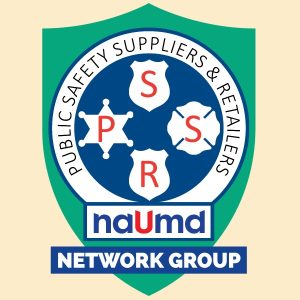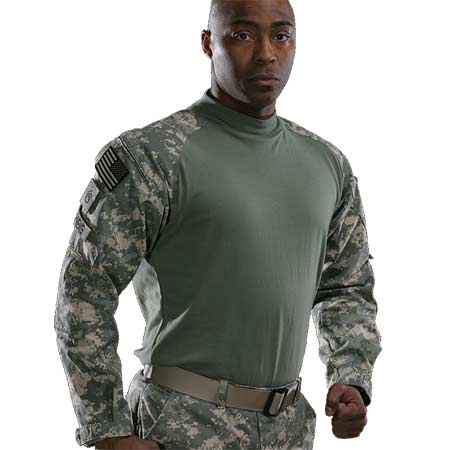Body armor is an essential component of the equipment provided to law enforcement and security personnel, offering protection against potentially life-threatening injuries, and public safety equipment companies play a critical role in delivering this crucial protection.
The process of designing, manufacturing, and distributing body armor is filled with unique challenges, from sizing and fitting to legal constraints and manufacturing collaboration. This article explores these various aspects, shedding light on the complexities involved in bringing body armor to those who need it most.
Sizing and Fitting Requirements
- Complexity of Sizes: Sizing body armor correctly is a nuanced task. Various body types, genders, ages, and body shapes require a multitude of sizes, each needing precise measurements to ensure the proper level of protection.
- Custom Fittings: Catering to clients with specific needs can require custom fittings, making manufacturing both time-consuming and expensive.
Legal Issues
- Regulation Compliance: Adherence to stringent regulations, differing across jurisdictions, is vital. Non-compliance can lead to significant legal repercussions.
- Export Restrictions: International sales often mean navigating complex export regulations, further complicating the selling process.
Choice of Equipment
- Material Selection: Selecting the right materials involves balancing various factors, including weight, flexibility, protection levels, and cost.
- Technological Advancements: Keeping up with technological evolution in body armor requires ongoing investment in research and development.
Manufacturer Collaboration
- Quality Control: Ensuring consistent quality from manufacturers is paramount but can be challenging to monitor and enforce.
- Ethical Considerations: Collaborating with manufacturers that adhere to ethical practices such as fair labor and responsible sourcing adds another layer of complexity.
Conclusion: The journey of bringing body armor to market is filled with challenges that public safety equipment companies must overcome. From intricate sizing and fitting to complex legal hurdles and collaboration with manufacturers, the path is fraught with difficulties. But with careful planning, adherence to quality standards, and a strong ethical stance, these challenges can be successfully navigated, leading to the protection of those on the front lines of public safety.


















